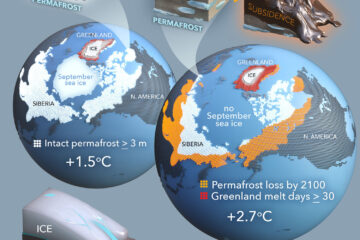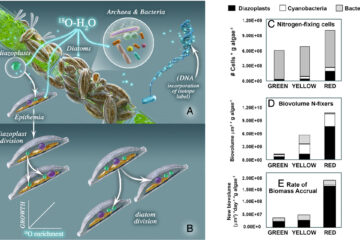Nutrient limitation of plant productivity in scrubby flatwoods: Does fire shift nitrogen versus phosphorus limitation?
Differences in the biogeochemistry of nitrogen (N) and phosphorus (P) lead to differential losses and inputs during and over time after fire such that fire may affect nutrient limitation of primary productivity. We conducted a nutrient addition experiment in scrubby flatwoods, a Florida scrub community type, to test the hypothesis that nutrient limitation of primary productivity shifts from N limitation in recently burned sites to P limitation in longer unburned sites. We added three levels of N, P, and N and P together to sites 6 weeks, 8 years, and 20 years postfire and assessed the effects of nutrient addition on above- and belowground productivity and nutrient concentrations. At the community level, nutrient addition did not affect aboveground biomass, but root productivity increased with high N + P addition in sites 8 and 20 years after fire. At the species level, N addition increased leaf biomass of saw palmetto (Serenoa repens) in sites 6 weeks and 20 years postfire, while P addition increased foliar %P and apical shoot growth of scrub oak (Quercus inopina) in sites 8 and 20 years postfire, respectively. Contrary to our hypothesis, nutrient limitation does not appear to shift with time after fire; recently burned sites show little evidence of nutrient limitation, while increased belowground productivity indicates that scrubby flatwoods are co-limited by N and P at intermediate and longer times after fire.


